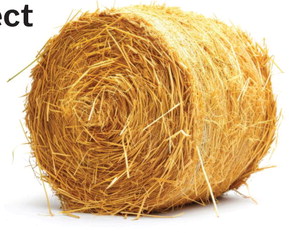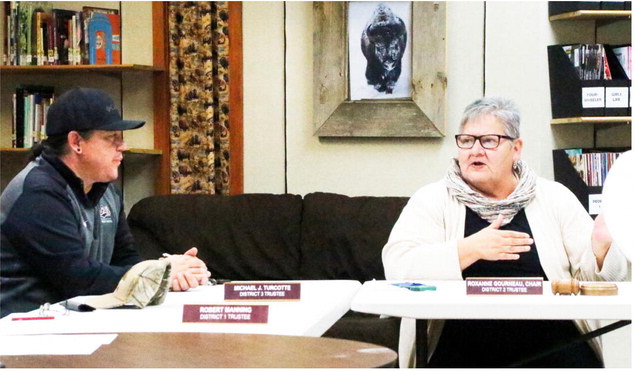The Bug Bale Project


Scientists have been working on solutions to mitigate wheat stem sawfly impacts for over a century. Solving the persistent pest problem will require novel integrated management approaches emerging from increased cross-regional collaborative research, along with better integration across all key control measures.
The Great Plains Wheat Stem Sawfly Coalition was formed in 2022 to bring USDA- ARS and university researchers and producers together to facilitate cross-related collaboration to develop diversified integrated management approaches to keep wheat stem sawfly at bay and encourage increased research investments. USDA-ARS scientists in Sidney, Mont., and Akron, Colo., have played a key role in coalition leadership. USDA-ARS research is focused on optimizing the integration of multiple tools (e.g., crop resistance, agronomic practices, biological control, landscape and crop diversification) to combat this pest.
At Sidney, ARS scientists are looking for ways to improve biological control options for producers, which when combined with resistant wheat varieties have shown the most promise for long-term reductions in wheat stem sawfly populations.
Biological Control
Multiple attempts have been made to introduce new biological control agents from abroad (eastern Europe, China) into North America, however, none have been successful due to climate mismatches or the inability of foreign agents to complete development in the novel host. Thus, managing fields and landscapes to promote native Braconid parasitolds already present in the region (conservation biological control) remains the best strategy to increase the efficacy of biological control of wheat stem sawfly. Parasitoid And The Bug Bale
The native Braconid sp wasp lays its eggs in the wheat stem next to a sawfly larva. The sawfly larva is paralyzed and becomes the parasitoid’s larva’s food source. This native parasitoid is a bright spot for biocontrol for the sawfly, IF the population is large enough. If not, scientists at Sidney ARS have identified an inexpensive and easy way to introduce or augment their numbers in sawfly infested regions: Bug Bales!
“Bug Bales” are straw bales from wheat fields where the parasitoid is found. The Bracon pupae have been shown to survive the winter in the straw and successfully emerge in the spring, meaning the straw bales can be used to efficiently transfer these biocontrol agents to supplement other areas.
Earlier experiments have shown that 54 individual parasitoids are enough to colonize a single field. More recent tests have demonstrated that roughly 5,700 parasitoids can complete development and emerge from one, 300 pound straw bale. This capacity to easily move thousands of individual parasitoids across the landscape allows pest managers to rapidly redistribute or augment these native parasitoids in impacted areas where they are currently absent.
Placement considerations include ensuring the bales can be rolled out and are located close to affected wheat fields with nutritional resources nearby. Sidney researchers have shown that sugar resources from cover crops and aphid honeydew can substantially enhance the performance of sawfly parasitoids, and that incorporating intermediate wheatgrass into CRP and roadside plantings can also significantly increase parasitoid numbers and thus their potential efficacy.


